- Planning Types
Planning Types
Focus Areas
-
A framework that helps you develop more effective planning processes.
- Challenges
Challenges
Discussions and resources around the unresolved pain points affecting planning in higher education—both emergent and ongoing.
Common Challenges
- Learning Resources
Learning Resources
Featured Formats
Popular Topics
- Conferences & Programs
Conferences & Programs
Upcoming Events
- Community
Community
The SCUP community opens a whole world of integrated planning resources, connections, and expertise.
Get Connected
Give Back
-
Access a world of integrated planning resources, connections, and expertise-become a member!
- Planning Types
Planning Types
Focus Areas
-
A framework that helps you develop more effective planning processes.
- Challenges
Challenges
Discussions and resources around the unresolved pain points affecting planning in higher education—both emergent and ongoing.
Common Challenges
- Learning Resources
Learning Resources
Featured Formats
Popular Topics
- Conferences & Programs
Conferences & Programs
Upcoming Events
- Community
Community
The SCUP community opens a whole world of integrated planning resources, connections, and expertise.
Get Connected
Give Back
-
Access a world of integrated planning resources, connections, and expertise-become a member!
SCUP Strategic Plan 2024–2029
An Integrated Planning Approach
Integrated planning isn’t a solo endeavor. It extends beyond any individual, planning office, institution, community, or region to build relationships, create alignment, and emphasize preparedness for change. The refreshed mission, vision, and values of the SCUP community reflect a commitment to advance institutional resilience through the integrated planning approach. We are excited to embrace the tools and processes that our leadership is teaching to help all of higher education feel empowered to lead a culture of integrated planning.
SCUP’s 2024–2029 strategic plan models an integrated planning approach. Facilitated by practitioners with experience in leading the Planning Institute, we engaged 1000+ constituents, including the board, staff, members, partners, and our community at-large. This immersive process brought forward diverse perspectives, and inclusive community participation and underlined a member-driven emphasis for continuous learning. The strategic plan is the outcome of this sustained dialogue—a unified framework that is holistic and impact-oriented.
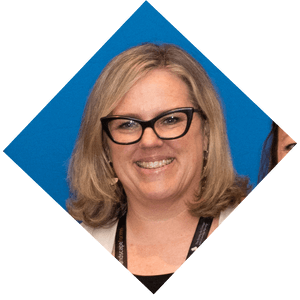
“With a learning-centric approach, we lead in the area of integrated planning to support a healthy, thriving, and inclusive higher education system.”
Jennifer Adam-Peffer, SCUP Board Member
Our Process
For planning to be successful, the process must support each organization’s unique needs and context. That’s why SCUP designed its Integrated Planning Model to be adaptable, regardless of institutional size or circumstance. We used our model to develop a strategic planning process as unique as we are.

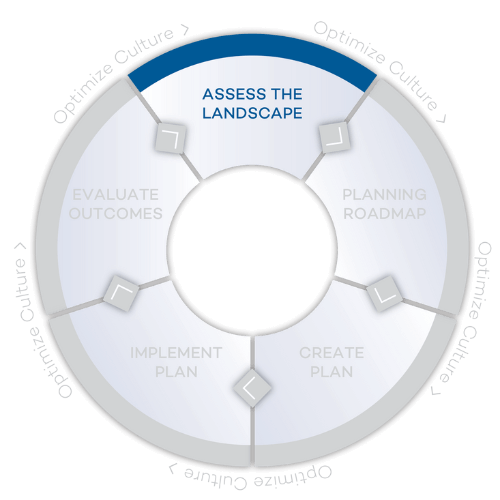
Step 1: Constituent Analysis and Engagement
SCUP analyzed constituents to determine their role in the planning process, including how they would be engaged. Through focus groups, user interviews, and surveys, over 1000 constituents contributed input to SCUP’s strategic plan.
Try It at Your Institution: Our Stakeholder Analysis and Engagement Toolkit includes recommendations and worksheets to help you analyze your constituents and determine how to meaningfully engage them in the planning process.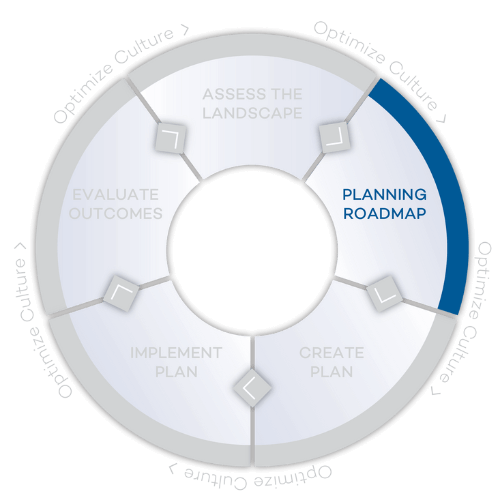
Step 2: Environmental Scanning
Any planning effort that does not understand how external trends affect an organization will not be able to keep pace with change. SCUP’s environmental scanning grounded conversations and decisions in knowledge and awareness.
Try It at Your Institution: Use Trends in Higher Education, an environmental scan for higher education institutions that’s published twice a year, to kickstart your institution’s scanning. Environmental scanning can be a powerful exercise, even outside a planning process. 5 ways you can use environmental scanning.
Step 3: Synthesis
SCUP had a wealth of information and insights from its constituent engagement and environmental scanning. We used a SWOT
 glossary variation called SOAR (Strengths, Opportunities, Aspirations, Results) to synthesize the information, surfacing the most important opportunities and challenges the plan needed to address.Try It at Your Institution: When you have a wealth of information, sifting through it can seem like a daunting task. Learn how one institution designed a single-day synthesis workshop for its planning team.
glossary variation called SOAR (Strengths, Opportunities, Aspirations, Results) to synthesize the information, surfacing the most important opportunities and challenges the plan needed to address.Try It at Your Institution: When you have a wealth of information, sifting through it can seem like a daunting task. Learn how one institution designed a single-day synthesis workshop for its planning team.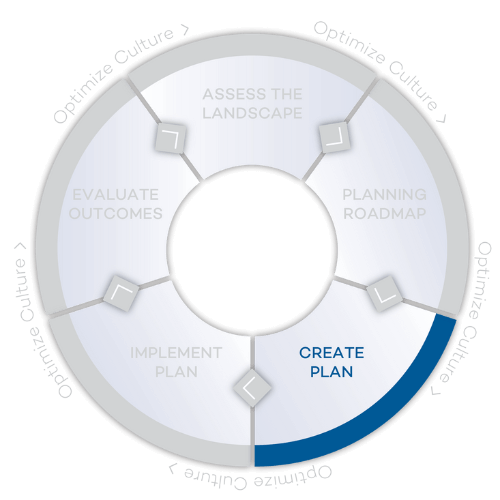
Step 4: Updating the Mission, Vision, and Values
During synthesis, one issue became quickly apparent—SCUP’s mission and vision were unclear about who we are and how we serve higher education. The planning team decided to update SCUP’s mission, vision, and values.
Try It at Your Institution: An effective mission statement can act as an institution’s North Star—providing a distinct, constant direction that a college or university can travel toward. SCUP’s Reviewing and Updating Your Mission Statement toolkit will help you craft a mission statement that is both inspirational and useful.
Step 5: Determining Goals
With a new mission, vision, and values that clearly outlined SCUP’s purpose and intent, we turned our attention toward determining goals
 glossary . The Planning Team collaborated to write goals that described the distinct outcomes SCUP aimed to achieve over our planning horizon.Try It at Your Institution: Determining goals, like many steps in the planning process, requires a broad range of knowledge, skills, and dispositions. Use SCUP’s Integrated Planning Competencies to improve integrated planning at your institution.
glossary . The Planning Team collaborated to write goals that described the distinct outcomes SCUP aimed to achieve over our planning horizon.Try It at Your Institution: Determining goals, like many steps in the planning process, requires a broad range of knowledge, skills, and dispositions. Use SCUP’s Integrated Planning Competencies to improve integrated planning at your institution.More to Come!
We’re not done yet! From identifying metrics to crafting strategies, SCUP still has more stops on its planning journey!
Strategic Plan Goals
As thought leaders, SCUP will:

Drive the expansion and adoption of integrated planning in higher education.
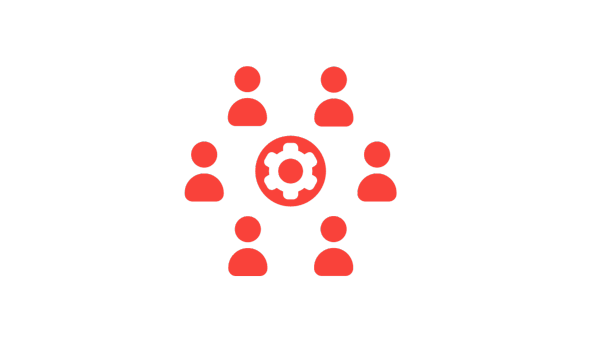
Operate as a learning-centric organization.

Design and integrate research, content, and learning opportunities for growth and development.
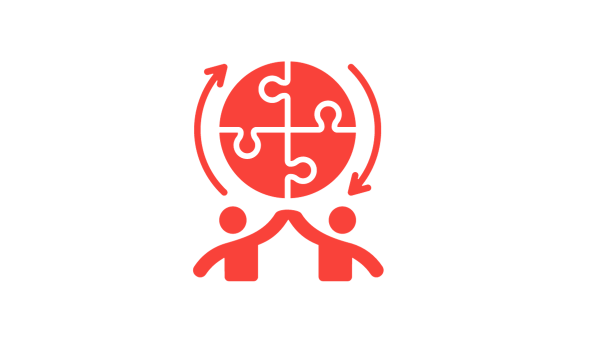
Model the value of diversity, equity, inclusion, and belonging.
This is just the beginning.
Come with us on a journey of innovation and success!
We Want to Hear From You
This plan is about you, the community, and the future of higher education. If you would like to learn more about opportunities to participate in this journey, please reach out to SCUP President Mike Moss at mike.moss@scup.org.



